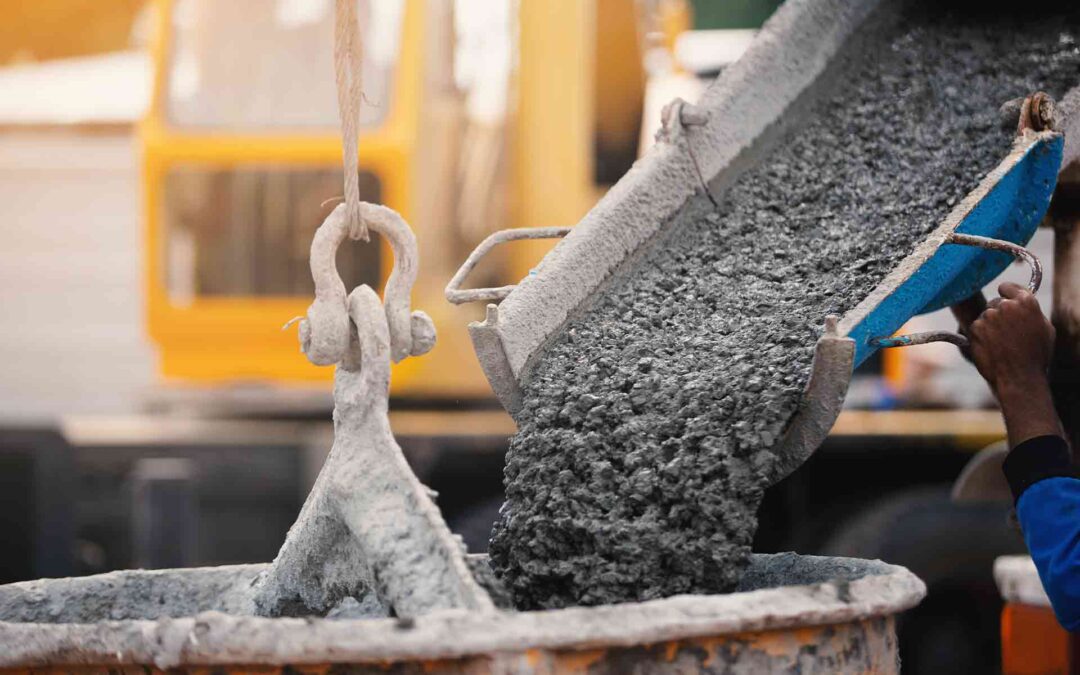The construction industry is always working towards improvement, with new machines and techniques being introduced almost every day. These advances have driven the development of a material which is proving to be extraordinarily convenient, self-healing concrete.
Self-healing concrete is currently one of the many materials in construction that is increasingly high in demand. Despite concrete’s outstanding strength and durability, cracks and breakages are constantly appearing in the layout, either from the setting stage or from incidents which occur years into the future.
The usage of self-healing concrete is a cost-effective way of preserving materials and prolonging life expectancy of both pavements and roads. This new material can fight against the industry’s short-term restrictions, with a solution of laying ‘unbreakable’ concrete and even covering the gaps in the concrete which has aged over time.
Ghent University in Belgium has studied various methods of self-healing concrete, which includes the manipulation of using microgels, a substance which can endure the pressure for up to 100 years post-application. This gel can address the collateral effects of internal curing, further hydration and the precipitation of calcium carbonate. As water enters the gaps, the gel is triggered and the particles inside begin to swell and heal the crack.
Microbiologist Henk Jonkers devised a calcium lactate-based product in capsules made from biodegradable plastic. When added to wet concrete mixture, the pods open and water eventually seeps in, hence activating the bacteria. The bacteria germinates and multiplies as they fuel themselves on the lactate, combining the calcium and carbon ions to create a calcite solution, also known as limestone, which seals the cracks in the setting.
Jonkers applied his self-healing concrete on a lifeguard station, which is prone to both water and wind damage. Confirming all positive expectations for the test, the structure remained solid and water-tight for eight years and counting.
This concrete-capsule technology first hit the market in 2015 and has since proved to be an innovative addition to the industry. Jonkers’ creation is an exciting step towards biological building, a process which combines construction materials with natural biological procedures.
Jonker says: “Nature is supplying us with a lot of functionality for free – in this case, limestone-producing bacteria. If we can implement it in materials, we can really benefit from it, so I think it’s a really nice example of tying nature and the built environments together in one new concept.”
Self-healing concrete has a proven success rate and is increasingly in demand for construction sites across the globe, putting advanced concrete solutions high up on the ladder for those interested in building an eco-friendly future throughout the industry.

